
Tribal Kenya
“Morning Prayer to their Supreme Being: Akuj”
At the time of the first decade of the 21st Century they were only three traditional tribal groups: the Maasai that, through tourism and commercialism, is loosing its tribal nature, the Samburu tribe that lives in the desert of northeastern Kenya at the borders of Ethiopia and Somalia, and the Turkana tribe that lives in Northwestern Kenya which borders Ethiopia, Sudan and Uganda. Their pastoral ways of life gave them the term “Herds Men.”
The Turkana tribe originally came from the Karamojong region of northeastern Uganda. Turkana oral traditions purport that they arrived in Kenya while pursuing an unruly religious bull. The land they occupy is harsh and very dry. The Turkana were, therefore, less affected by colonialism than other tribes because the British saw little value in their land. As with all other pastoral tribes in Kenya, livestock, especially camels and cattle, are at the core of Turkana culture. The Turkana people live a nomadic life, always moving from one place to another depending on the availability of pasture and water for their animals.
Oral tradition of the Samburu Tribe told by the group I visited on their village of “Namaiyana” that can be translated as the “Blessing Village” states: “There were two brothers with a bag of meat, traveling from Uganda looking for grassland. At one point in their migration, they fought and divided the meat in two. One brother stayed close to the Ewaso Ngiro River (meaning “brown water” and pronounced U-aa-so-Nyee-ro) and the other brother went south forming what is known as the “Maasai Tribe,” at the border of Tanzania.

"Warriors Battle Field"

"Threshold"

“Worshiping Supreme Being: Akuj”
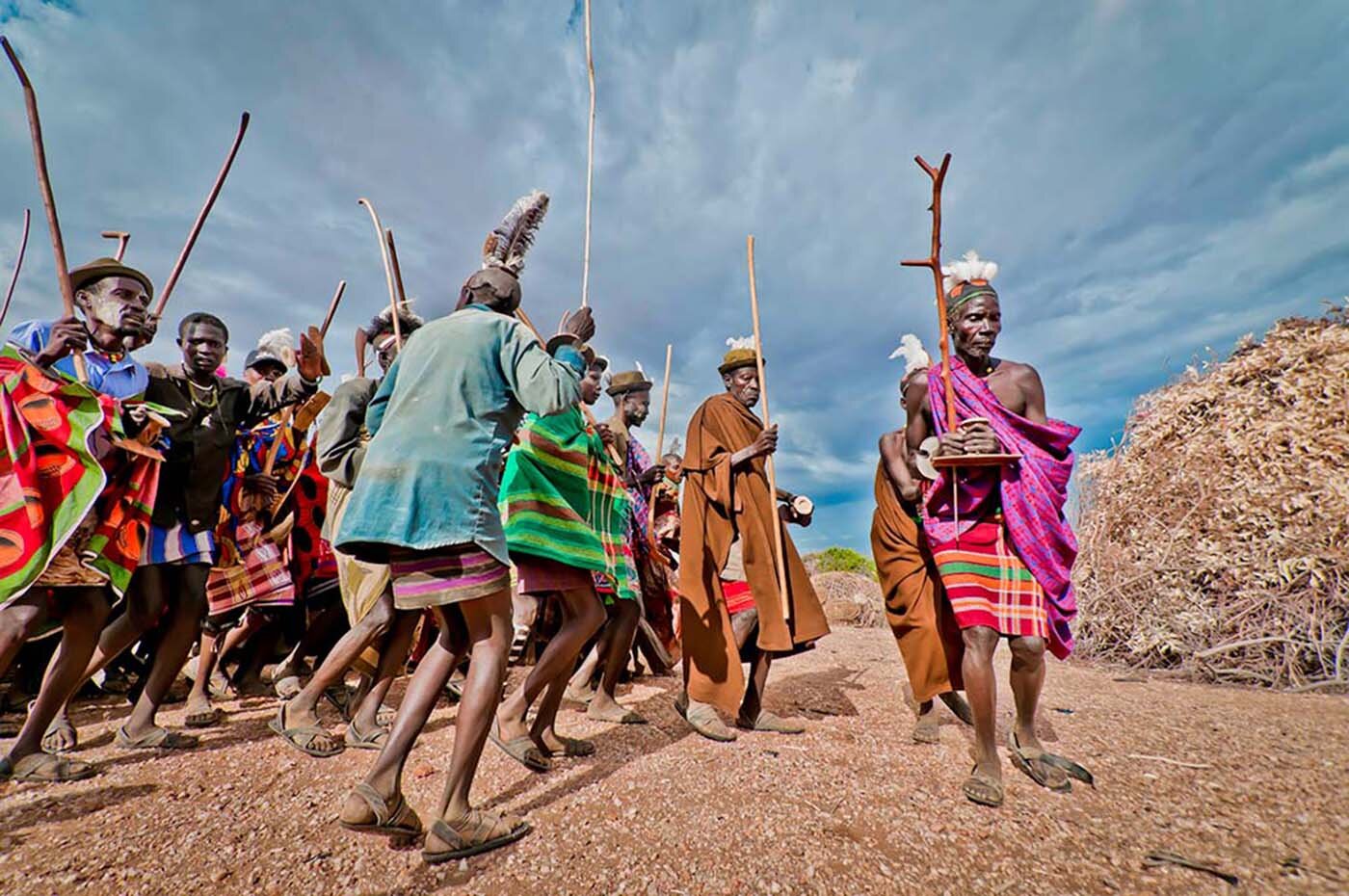
"Elder Procession"
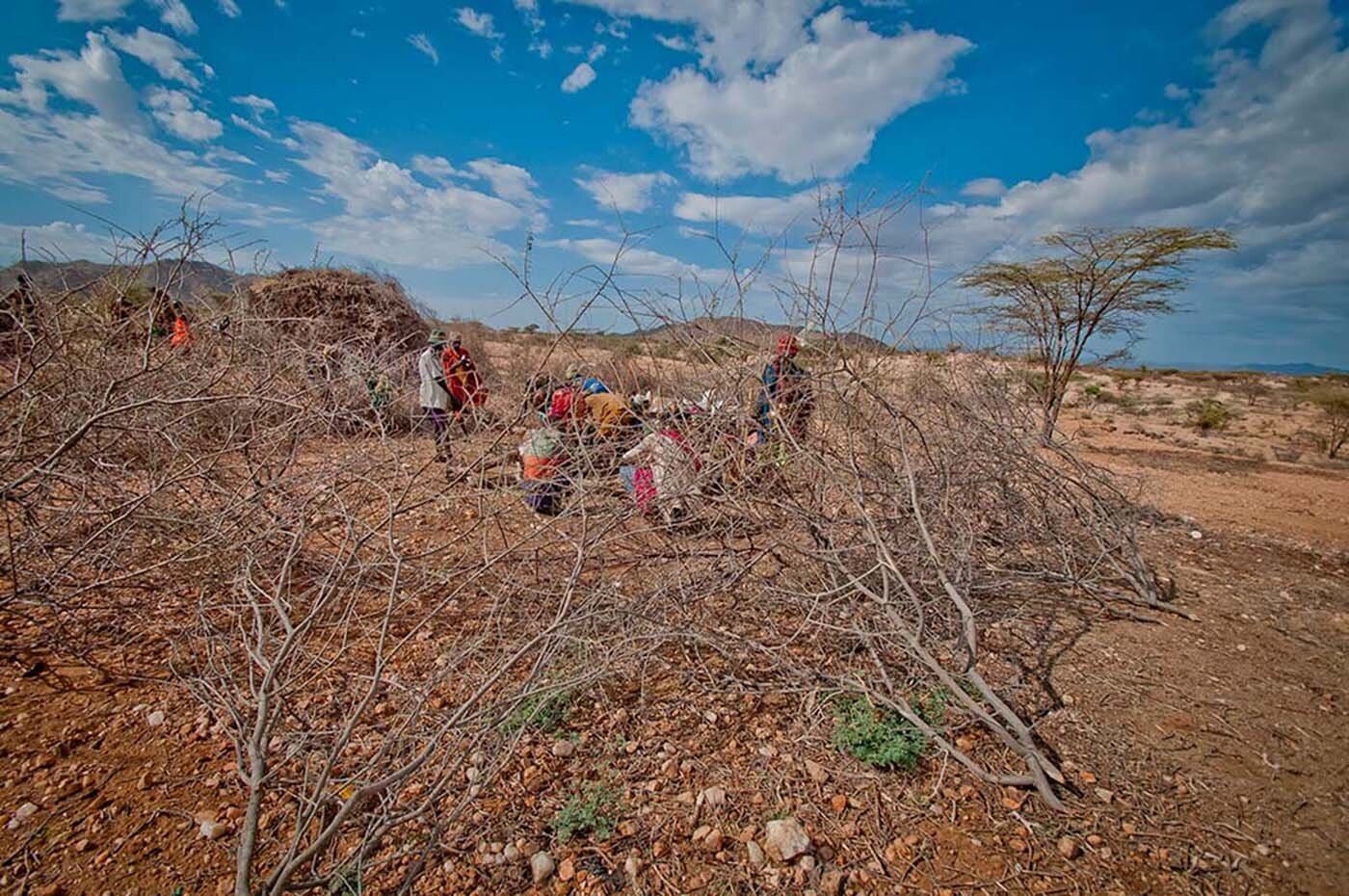
"Sacrificial Pit"

"Syncretism"

"Abysmal Stare"

"Nourishment of Life"

"Proudly Be""

"Awe"

"Eternal Force"

"As Time Pass By"

"Stand by Me"
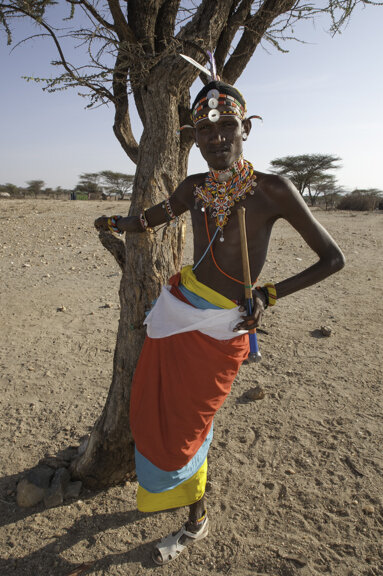
"Within my Ancestral Roots"

"Wind Lover"
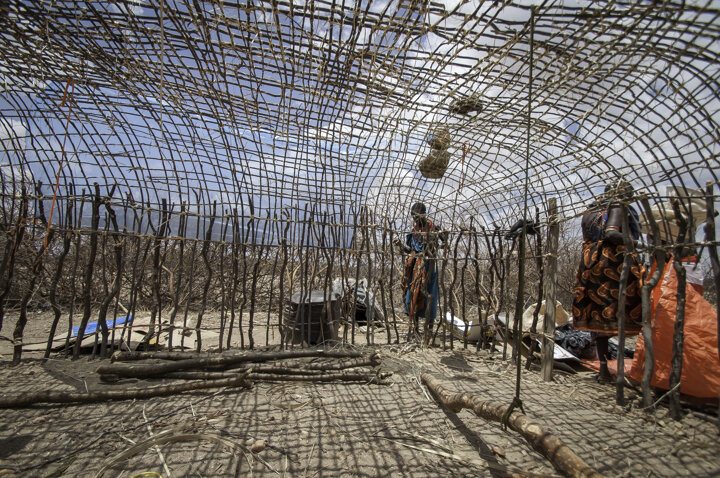
"Intimate Refuge"

"Internal Beauty"

"Sunrise Over Namaiyana I"

"Sunrise Over Namaiyana II"
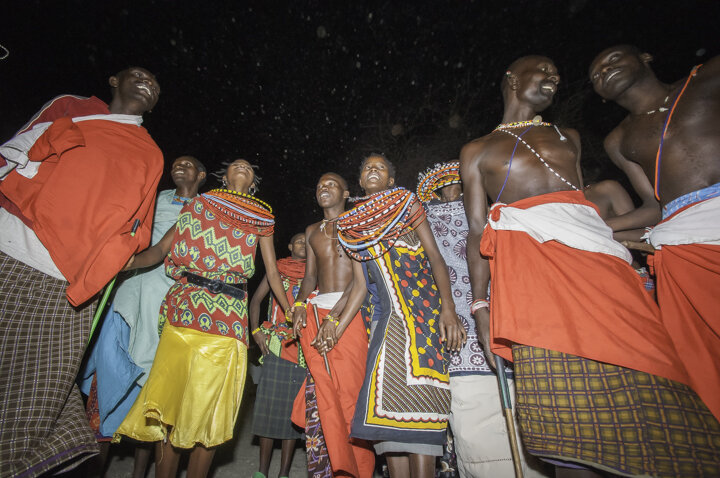
"Personal Celebration"

"Mighty Power"
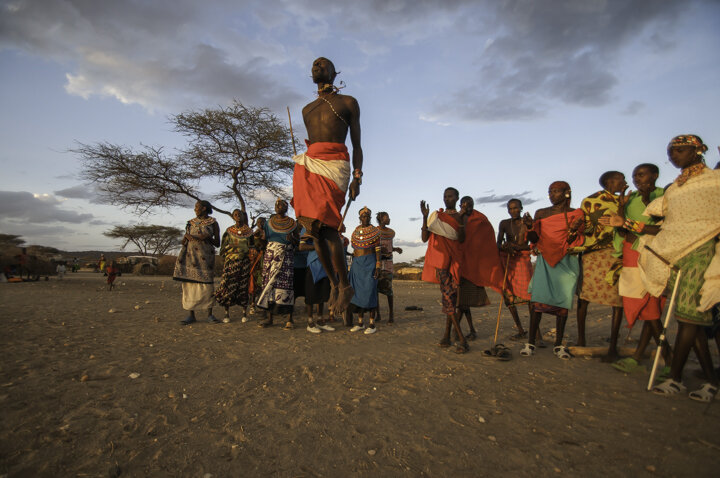
"Sky Is The Limit I"

"Sky Is The Limit II"

"Sky Is The Limit III"

"Sky Is The Limit IV"